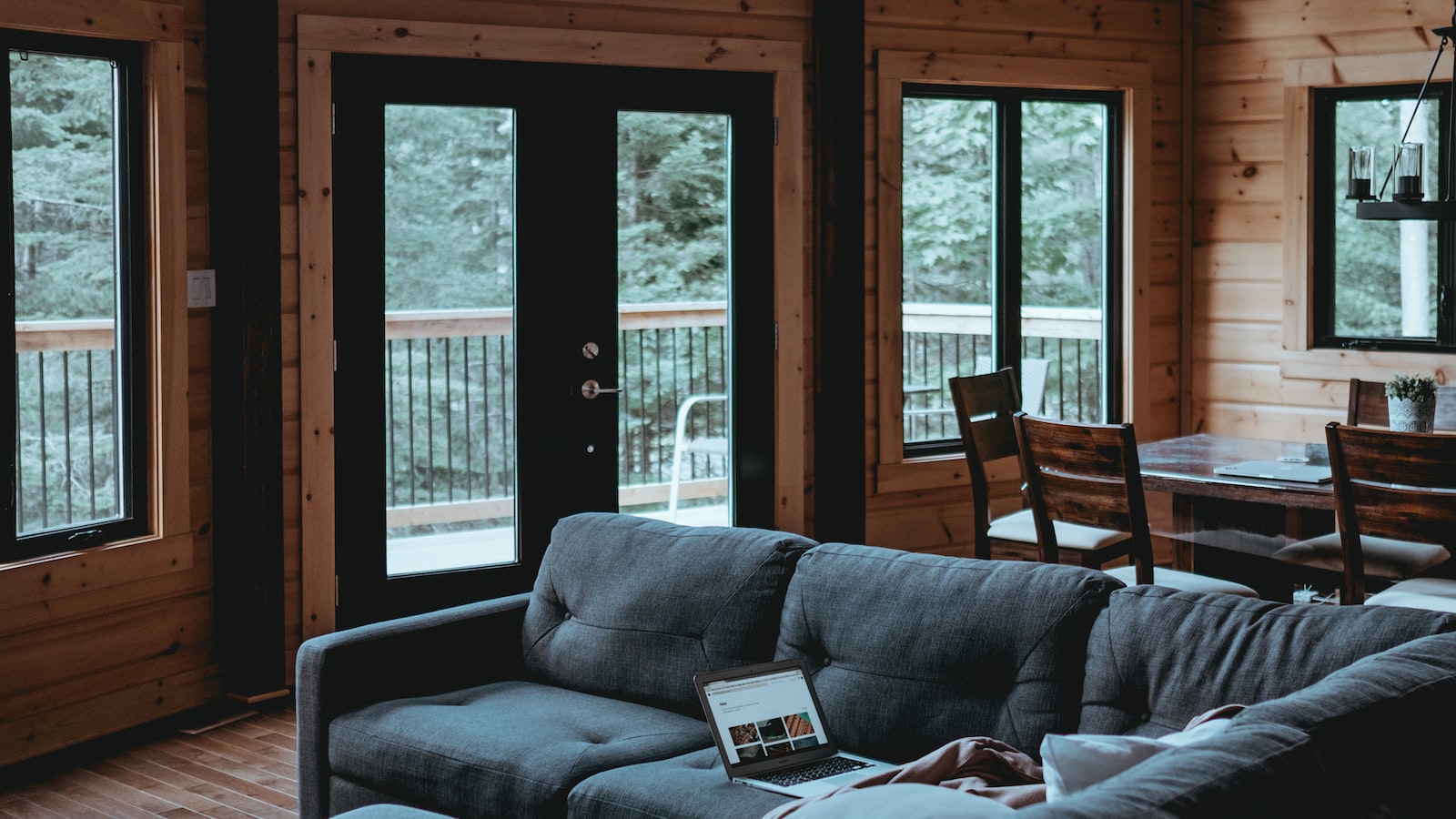Growing Peppers Indoors – Guidelines & Tips
Growing peppers indoors can be a rewarding and enjoyable experience, especially if you’re a fan of hot peppers. By simply dedicating some extra time and attention, you can ensure a healthy, bountiful pepper crop right in the comfort of your own home. Here are a few guidelines and tips to help you grow peppers indoors successfully.
1. Choose the Right Container
When growing peppers indoors, it’s important to choose the right container. The ideal container is one that is deep enough to hold the roots of the pepper plants, with plenty of drainage holes on the bottom. Clay or terra cotta pots tend to work best, although larger plastic or wooden containers can also do the job. Make sure to also choose a container that is large enough to accommodate multiple pepper plants if you’re looking to grow a variety of peppers.
2. Pick the Right Location
In addition to the container, it’s important to pick the right location for your pepper plants. Peppers prefer lots of light (ideally 6+ hours of sunlight per day), so pick a bright, sunny spot. Additionally, make sure to keep them in a warm, draft-free space as peppers dislike cold temperatures. Optimal temperatures for peppers range from 75-85° F (24-29° C).
3. Give Them Lots of Water
Peppers need to be watered on a regular basis to ensure that the soil remains moist but not soggy. It’s a good idea to use a watering can or a shower head attachment for the hose so that the water can be evenly distributed around the pepper plants. You may also want to consider investing in a humidity dome, which will prevent water from evaporating and keep the environment more humid.
4. Fertilize Regularly
Peppers need to be fertilized on a regular basis to ensure that they are receiving all of the necessary nutrients to grow properly. You can use a standard fertilizer, or opt for an organic variety, such as compost or worm castings. Make sure to follow the instructions on the package for proper application.
5. Beware of Pests & Diseases
When growing peppers indoors, it’s important to be mindful of pests and diseases. Common pests such as aphids, mites, and thrips can be easily controlled with insecticidal soap or neem oil. To prevent diseases, make sure to water with the soil rather than with the leaves and also keep the foliage dry. Additionally, it’s important to keep a close eye on the plants to spot any problems early.
Conclusion
If you follow these guidelines and tips for growing peppers indoors, you’ll be well on your way to a successful pepper crop. Remember to select the right container and location, keep the soil moist, fertilize regularly, and watch out for pests and diseases. With a bit of extra time and attention, you can look forward to a plentiful harvest of peppers!



